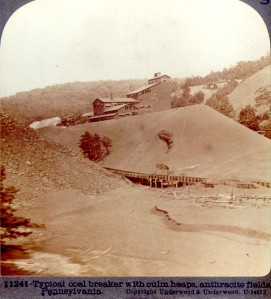I copied these myths from the website
8. Dorothy’s Iconic White Shirt Was Actually Pink

TRUE: Due to the idiosyncrasies of Technicolor, it was easier to film a pink shirt and make it look white then to film a white shirt and make it look white.
7. The Wicked Witch Cries Out “Fly, Fly My Pretties!”

FALSE: The oft misquoted line is, “Fly, Fly, Fly!”
6. Buddy Ebsen Was Originally Cast As The Tin Man But Was Recast When The Make-up Almost Killed Him

TRUE: With four weeks of rehearsal under his belt and all the Tin Woodsman songs recorded, Buddy Ebsen was rushed to the hospital when his lungs failed. He’d had a deadly lung infection caused by the silver aluminum dust mixed with clown paint being used as make-up. Ebsen spent two weeks in the hospital and another month recovering at home.
5. The Land Of Oz Was Named For L. Frank Balm’s Cabinet Drawer Marked O-Z

UNKNOWN: Although seemingly an open and shut case of fact since Baum himself confirmed the story in 1903, enough dissenters including his own wife and children, has left this mystery to the murky waters of time.
4. Margaret Hamilton’s Make-Up Was Life Threateningly Toxic

TRUE: The green skin Wicked Witch of the West was a copper based make-up that could be fatal if ingested, leading Hamilton to subsist on a mostly liquid diet while on set. Her face retained a green tinge weeks after shooting concluded.
3. Pink Floyd Purposely Created “Dark Side Of The Moon” To Coincide With Oz

FALSE: All members of Pink Floyd have repeatedly stated that any creation of the Dark Side of the Rainbow” is purely coincidental.
2. Unbeknownst At The Time, Professor Marvel Is Wearing L. Frank Baum’s Jacket

TRUE: Stranger than fiction. For Marvel’s look, the director wanted a kind of seedy gentility, so the costume department went down to a second-hand store and picked out a bunch of coats. On set, actor Frank Morgan turned the coat pocket inside out. To his shock, “L. Frank Baum” was stitched on the inside. Later both Baum’s tailor and widow would confirm the jacket had belonged to the author.
1. Munchkin Commits Suicide By Hanging On Film
http://www.youtube.com/watch?v=SU32MewCung&feature=player_embeddedFALSE: This one is persistent. Despite being debunked as a bird over and over, falsified video footage continues to circulate. Even with direct rebuttals.


